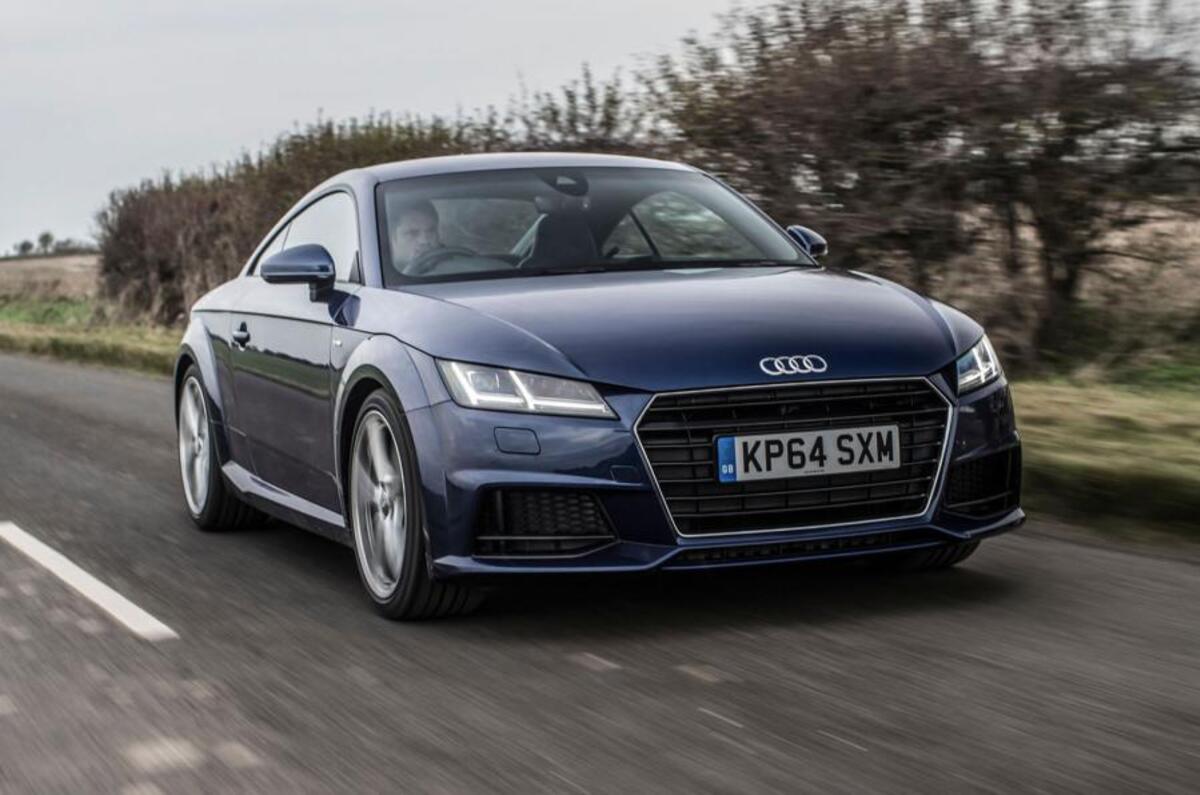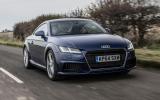With the UK market hitting 2.6 million new car registrations in 2015, demand was at record levels last year.
Voices inside the car industry, however, suggest “disorderly marketing” (discounts and pre-registrations) were on the rise, especially in the second half of the year.
Dealers’ favoured sales technique is now to contact owners who have six months still to go on their PCPs and ask them if they’d like an improved new car “for just a few pounds more a month”. It makes sense to the buyer and can increase annual retail sales by 10-20% without adding a single new customer.
2015 market share: 0.19 per cent (down from 0.22 per cent in 2014)
Fiat used to talk of relaunching Alfa Romeo. Now it’s more a case of resurrecting it. The 2016 Giulia has the toughest job in the car industry.
2015 market share: 0.04 per cent (up from 0.03 per cent)
The best thing about Aston Martin is that it is still here after enduring a terrible time in the past couple of years. Finally, the future looks bright, with new money and a new SUV.
2015 market share 6.42 per cent (down from 6.54 per cent)
Audi sales have risen, but not by as much as the overall market. The big winner has been the Audi TT, whose sales are up by more than 80%.
2015 market share 0.05 per cent (down from 0.06 per cent)
Market share has been stable this year, while Bentley prepares for the Bentley Bentayga super-luxury SUV. That should increase sales volume by approximately 50%.
2015 market share 6.12 per cent (up from 5.91 per cent)
BMW has had a record 2015, although, with its expanded range, it is running out of new worlds to conquer. The BMW i3 and i8 are good investments for the future, because pollution concerns can only increase.
Citroën (including DS)
2015 market share 3.37 per cent (down from 3.39 per cent)
Market share is stable, thanks purely to the successful new C4 Cactus. The big plan for 2016 is to convince buyers that DS is a stand-alone brand — but DS desperately needs new models if it is to be credible.


















































































Join the debate
Add your comment
Although I agree the EcoSport
Don't understand the PCP logic
@Paul
911 dying ???